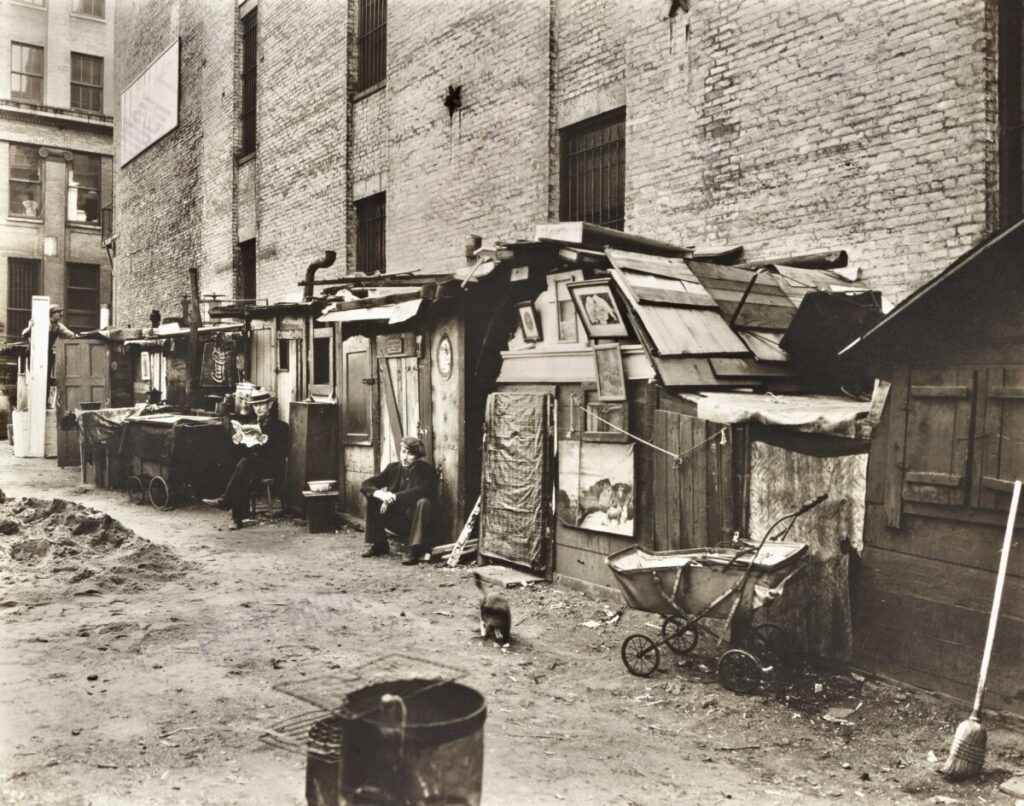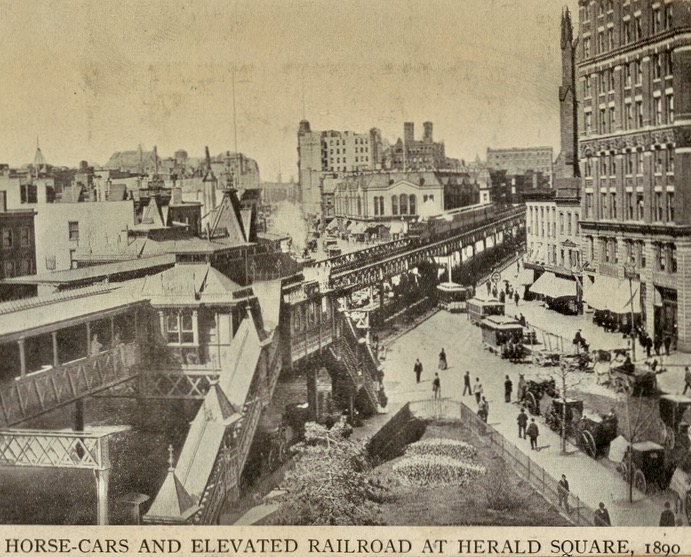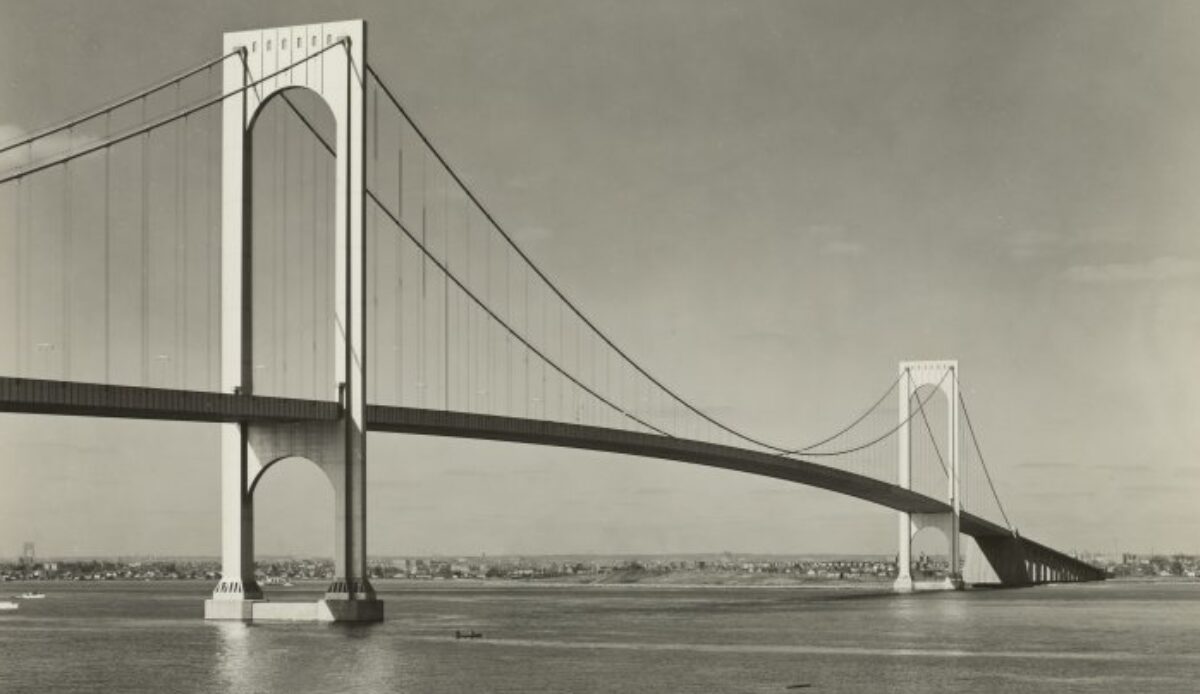Good morning, it is hard to believe but here is the final discussion thread of the semester. In the usual 100-300 words give us your insights on this Universal Newsreel clip from 1966. As always you have wide range: explain what you think it says about Brooklyn, about New York City, about the United States, or focus perhaps on some aspect of the film footage itself upon which you might wish to expand.
Author: Keith Muchowski
Discussion Thread #9
Everyone, here is the penultimate discussion thread of the semester. It is a song by folkie Malvina Reynolds. The song “Little Boxes” was released in the 1960s and is a critique of the suburban lifestyle that emerged in the 15-20 years after the Second World War. In class we have discussed white flight and the prefabricated subdivisions built in Levittown, Long Island and elsewhere. Some consider the song s a biting critique of what they see as the conformity of the era; others think it pretentious and self-congratulatory. We are interested in what you think of the song. Share your thoughts in the usual 100-300 words.
Army-Navy Screen Magazine #43
Everyone, here is the video we will be discussing in class today.
Discussion Thread #8

Hello everyone, it is Veterans Day. This observation–I dare not call it a holiday–began as Armistice Day. It was on 11 November 1918–102 years ago today–that the Great War ended. You may recall that Al Smith was elected governor that same week.
The photograph we see here is from the Ursula C. Schwerin Library Archives. It depicts City Tech students at a dance in the years just after the Second World War. These men are either still on active duty or in the reserves. As we know from class City Tech is a GI Bill school, founded after World War II largely to educate returning servicemen. In the usual 100-300 words interpret this photograph however you like. You might focus on the demographics of the people in the image and what that says about Brooklyn at the time in the late 1940s and 1950s, about the notion of a “dance,” about the GI Bill itself, or anything else that strikes you. As always responses are due by 11:59 pm this coming Sunday.
Discussion Thread #7

Good morning, everyone. With our first major assignment done and the story of Robert Moses’s New York brought up to 1945 we are at the symbolic halfway point of the class. It’s hard to believe there are just 5-6 more weeks to go. We hope you have been enjoying the class and learning about the history of this dynamic city. For Discussion Thread #7 please share in 100-300 words what has surprised you the most so far. What is something you feel you know now that you didn’t when we began back in late August? Your response might be about a person, an event, a historic structure, or whatever else upon which you might wish to focus. Posts are due by 11:59 pm Sunday 8 November.
Discussion Thread #6
Okay everyone, as we discussed yesterday afternoon here is Discussion Thread #6. It is a clip from a 1964 MTA documentary observing the 30th anniversary of the Triborough Bridge and Tunnel Authority. Note when the announcer mentions the idea of Progress. That is not to say you have to write about that concept. I mention it because it came up in class yesterday. Write about the construction workers, the bridge opening, FDR, your own experience with the bridge, or whatever you like. As always, we are interested in what you have to say. Approach the discussion however you wish in the usual 100-300 words due by 11:59 pm on Sunday 25 October.
Discussion Thread #5

Hello everyone, what you are looking at here is called a Hooverville. There were thousands of such squatter camps and shanty towns across the United States throughout the 1930s, including incredibly a massive one in Central Park. They were called Hoovervilles because Herbert Hoover was President of the United States at the onset of the Depression. The one in the image above was at West Houston and Mercer Streets. The image was taken by photographer Berenice Abbott on October 25, 1935, eighty five years ago this month. Ms. Abbott took this–and and many other Depression Era photographs–as part of her work with the WPA Federal Art Project. Express your thoughts in 100-300 brilliant words.
(image/NYPL Digital)
Discussion Thread #4
Good afternoon, everyone. Here is the video footage I mentioned yesterday featuring both Robert Moses and Franklin Delano Roosevelt. I cannot express how extraordinary this moving imagery is. There is very little footage of Roosevelt “walking” after being struck by polio in 1921.
Here is the reading for Discussion Thread #4 and for our class conversation next Tuesday, October 13. For the thread please write 100-300 words giving your impressions of the article. As always one has wide latitude. One might write about the footage as a long lost piece of material culture, the Roosevelt/Moses relationship, Jones Beach itself, or whatever else you might like based upon the reading. Again, we will discuss the piece next week based upon our thread responses.
Discussion Thread #3

For good reason, New York throughout its history has been known as a walking city. Even today in the twenty-first century many New Yorkers live well without owning an automobile. Some are even happier without one. All that said, public and private transportation have played a role in the life and fabric of the city now for almost two centuries. Examples include the omnibus, the horsecar, the elevated railway (“The el”), the subway, and of course the automobile itself. In 100-300 words share your thoughts on the benefits and/or hazards of one or more of these modes of transportation. How might a city like New York benefit and/or suffer from their presence? In addition to their obvious advantages what, if any, might be their drawbacks? You do not have to write about all of them. Choose one or more as you wish. You have wide latitude and can answer however you think best.
Get your kicks before class today, September 22
Good morning, everyone. It is the final hour of Summer 2020; the Fall equinox is at 9:31 am. If you would, before today’s class please watch this 3:00 minute recording of Nat King Cole’s “(Get Your Kicks On) Route 66.”



